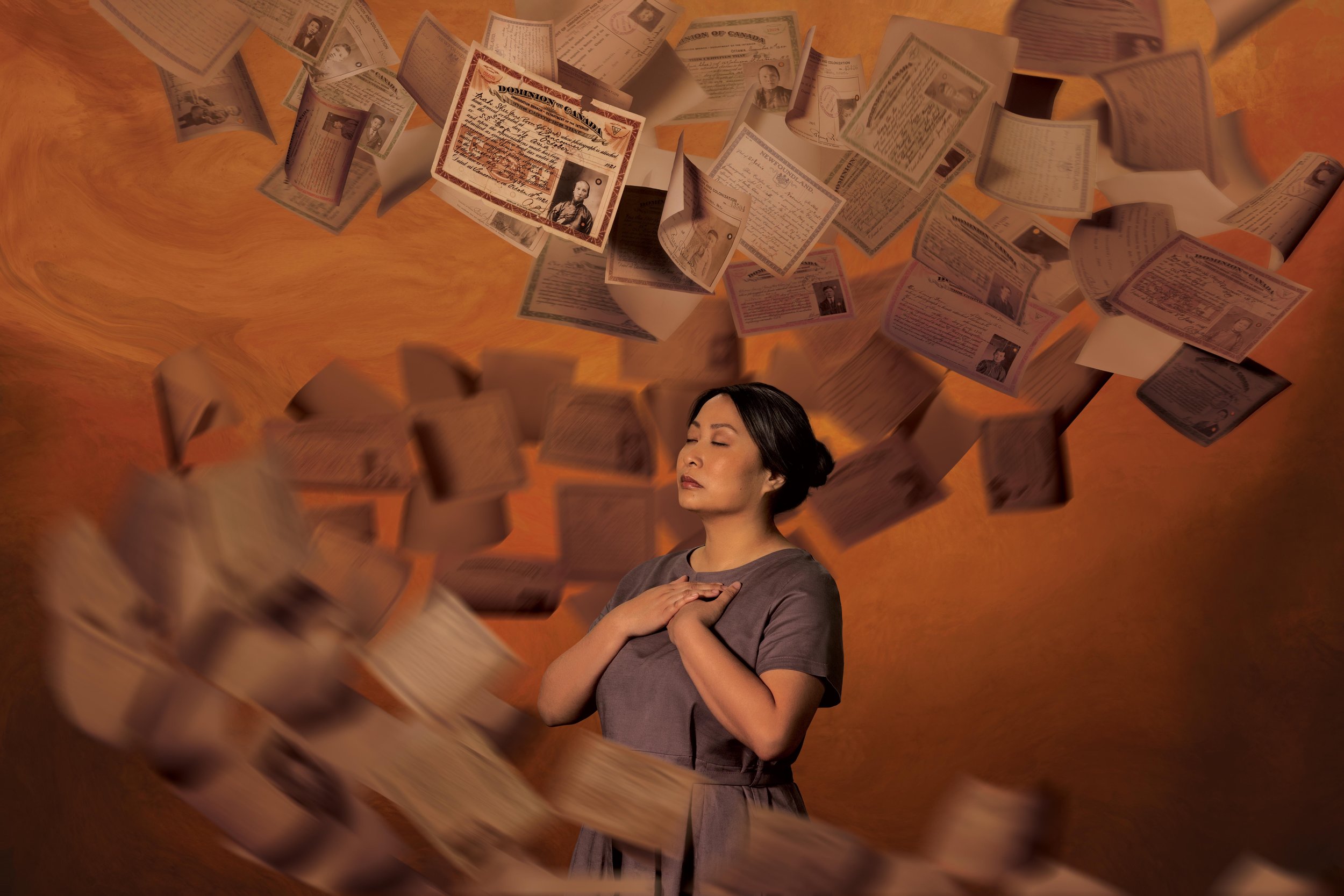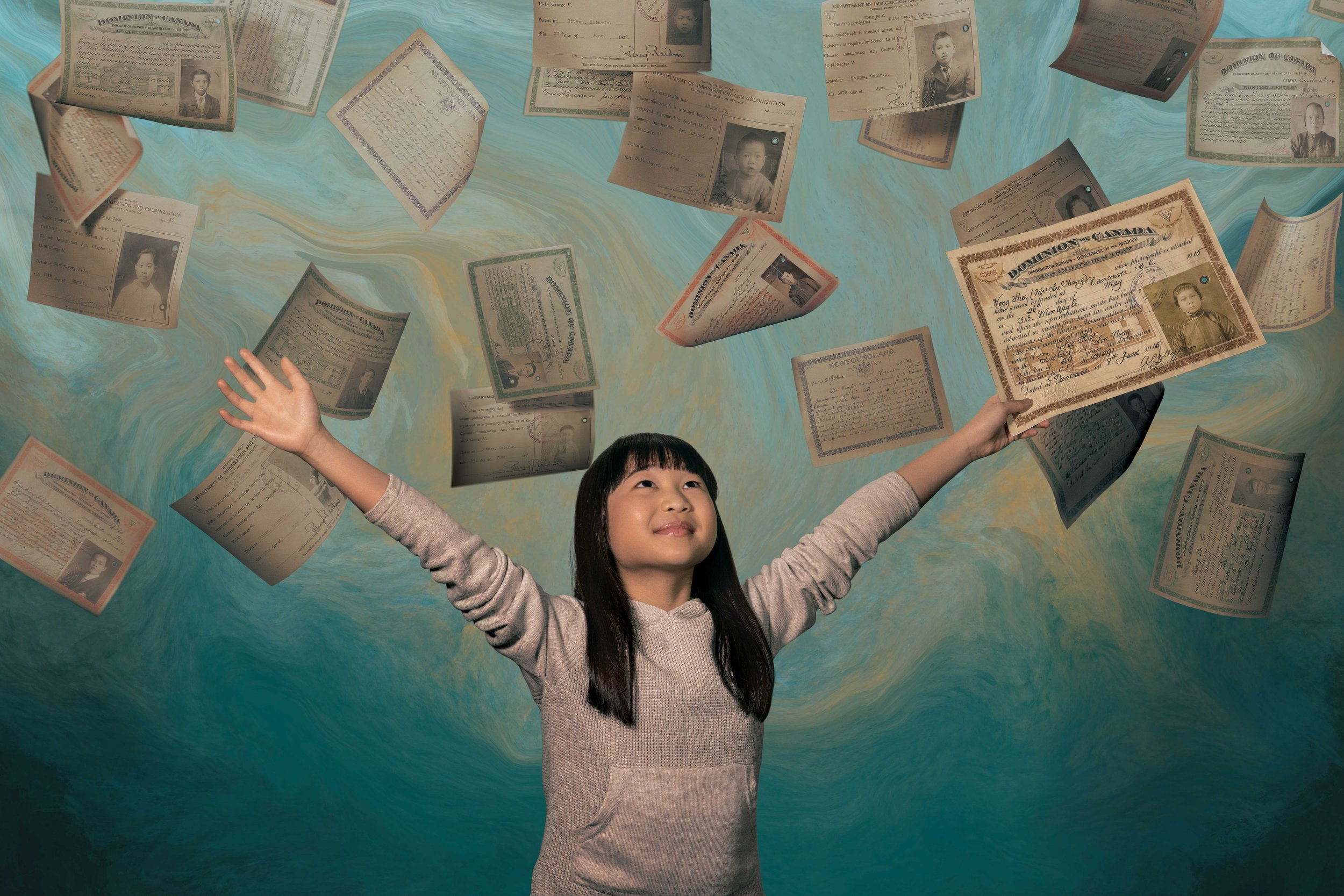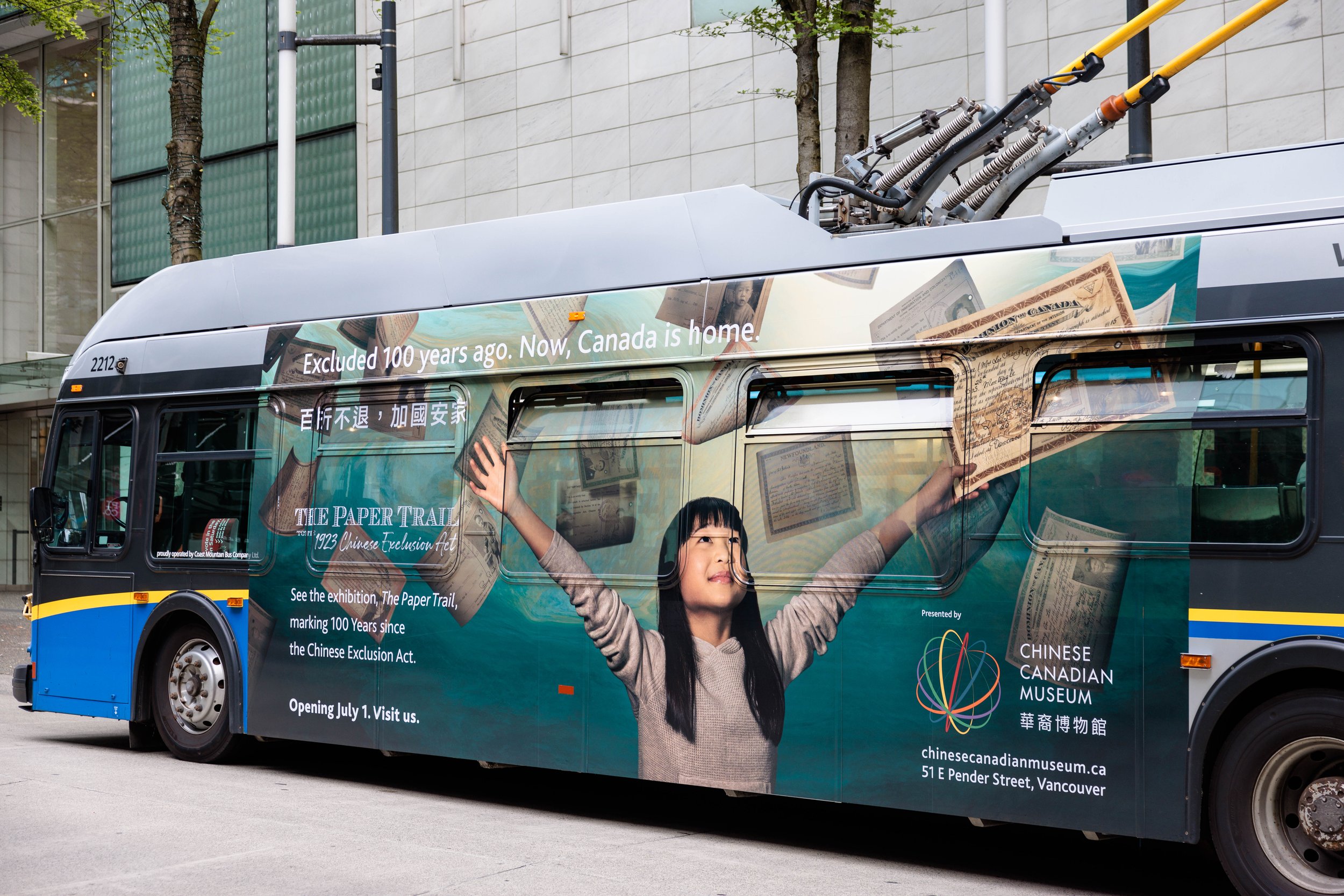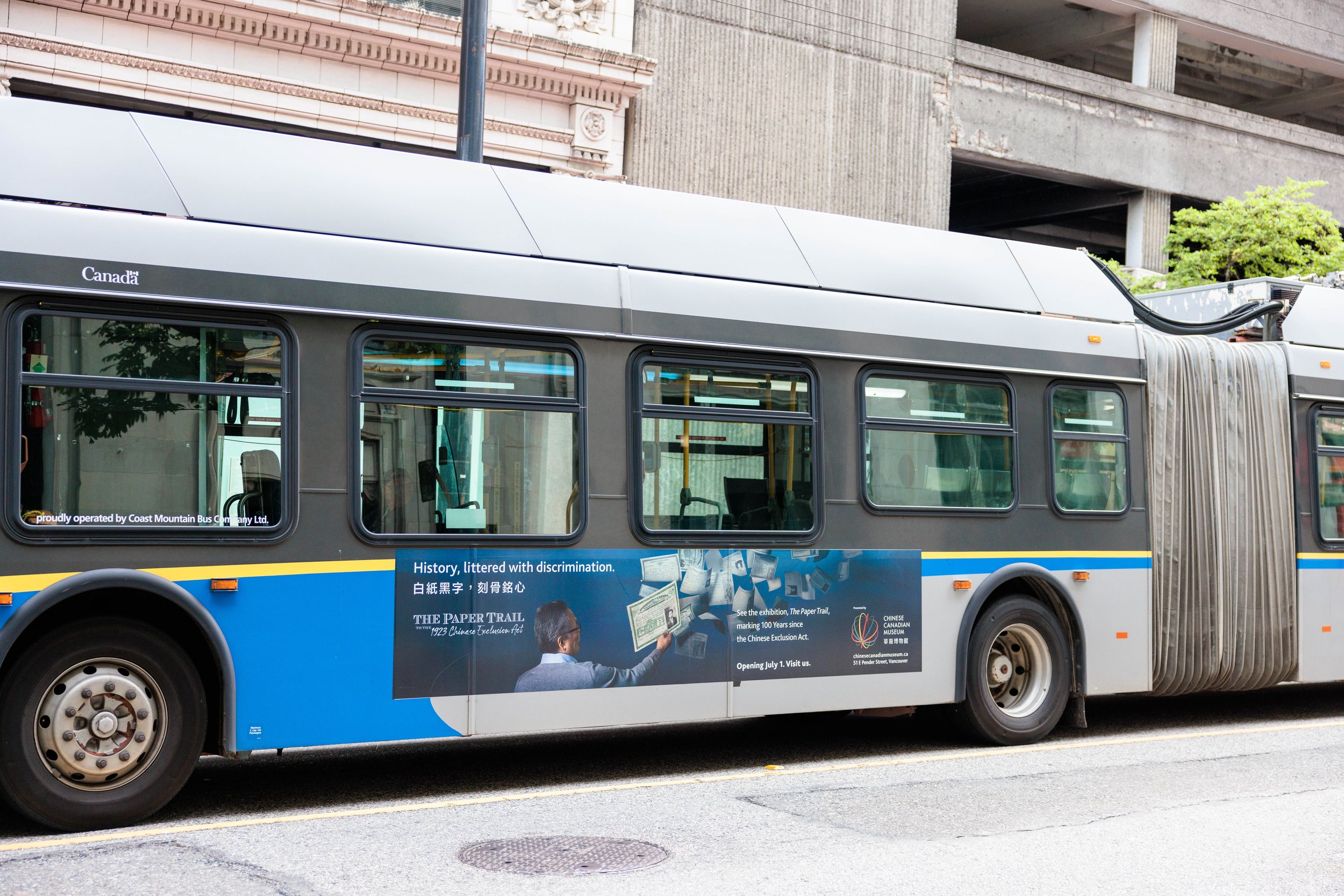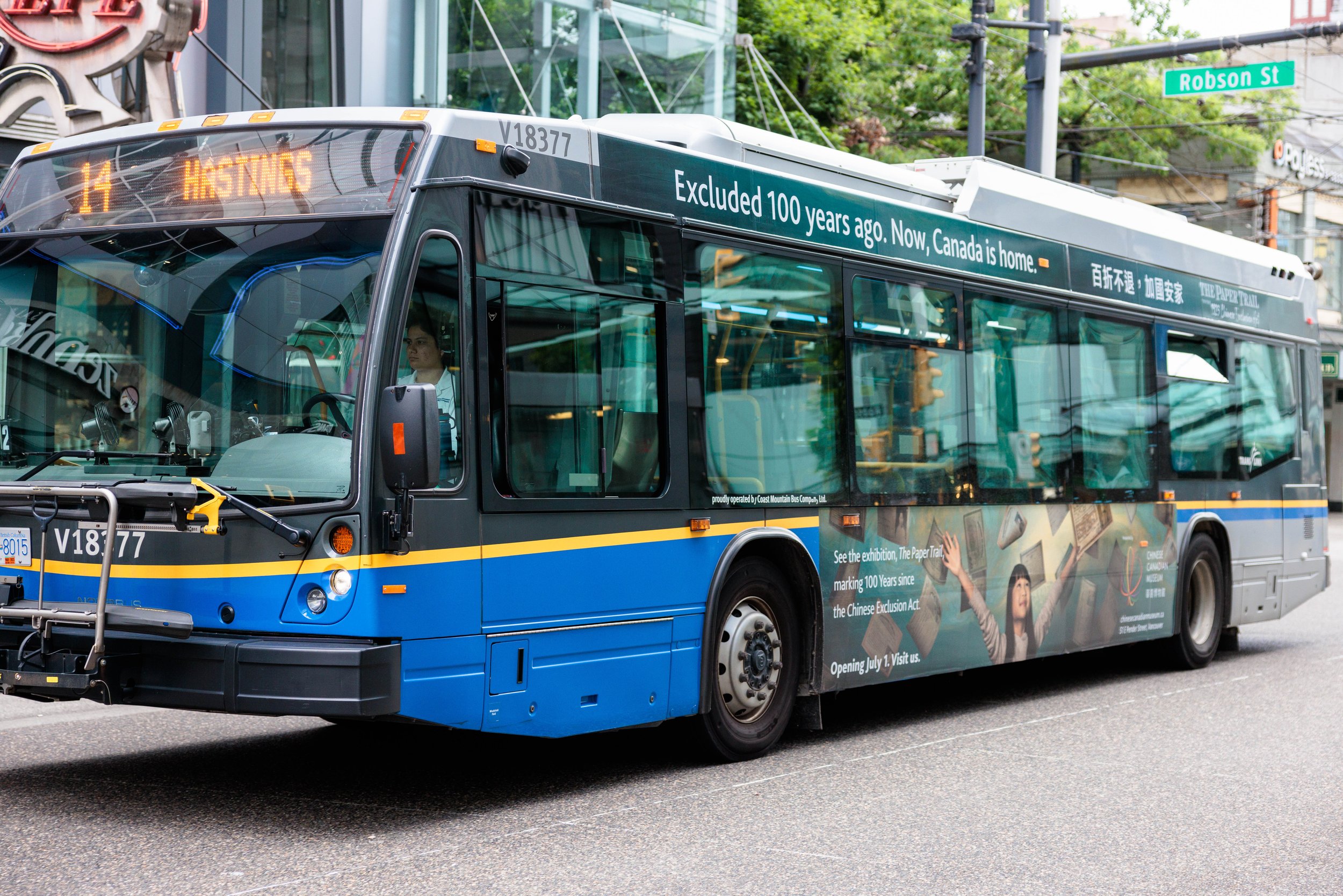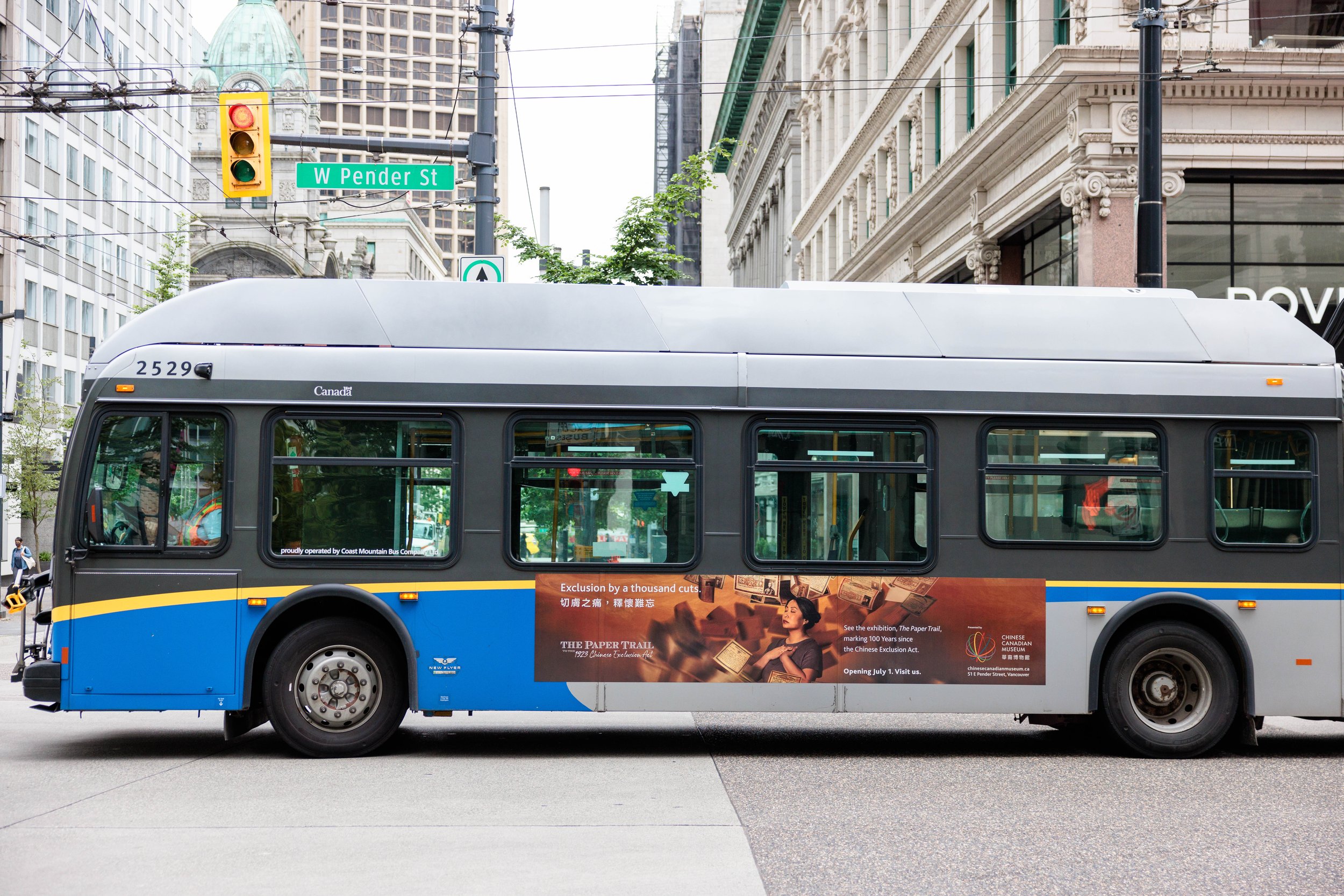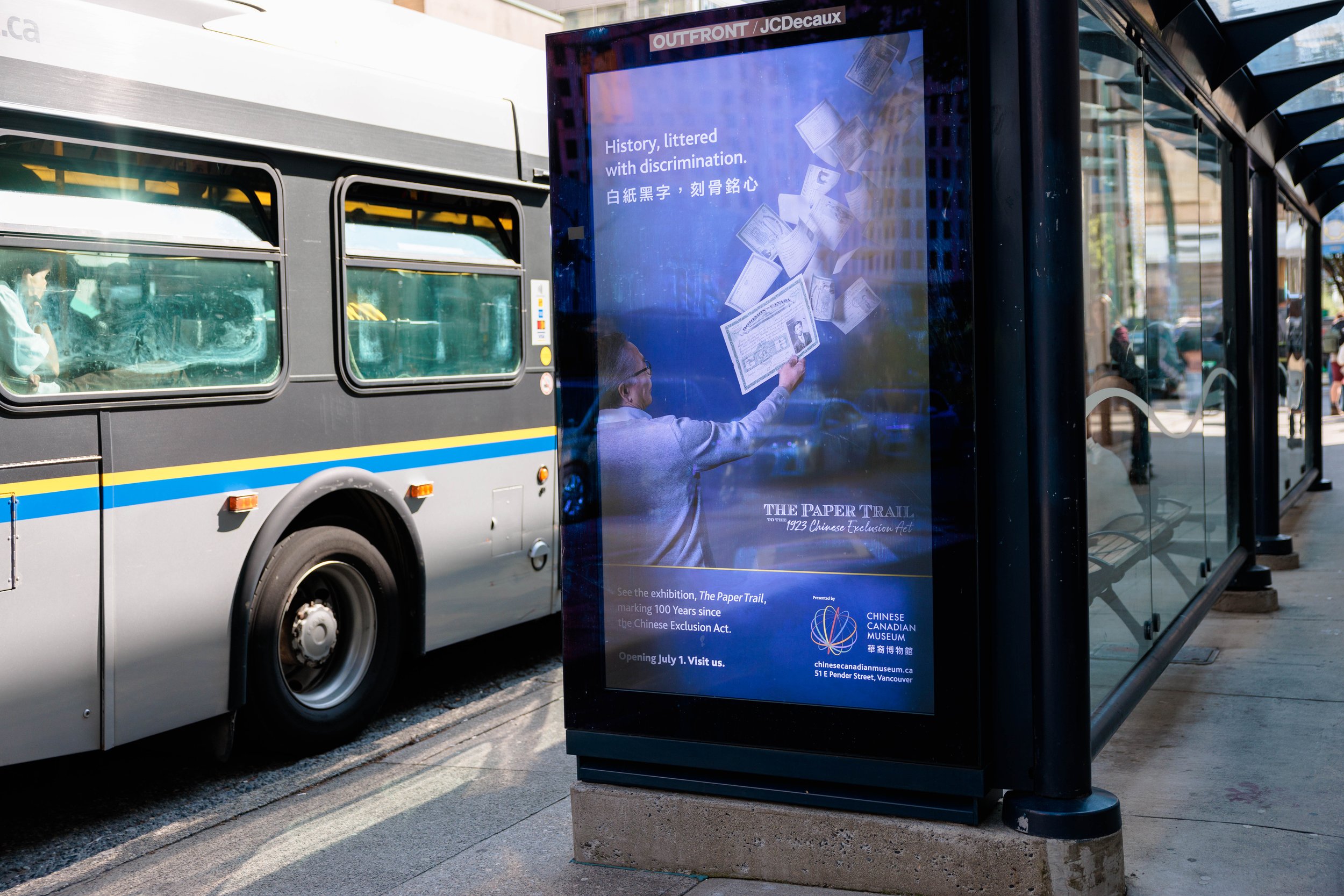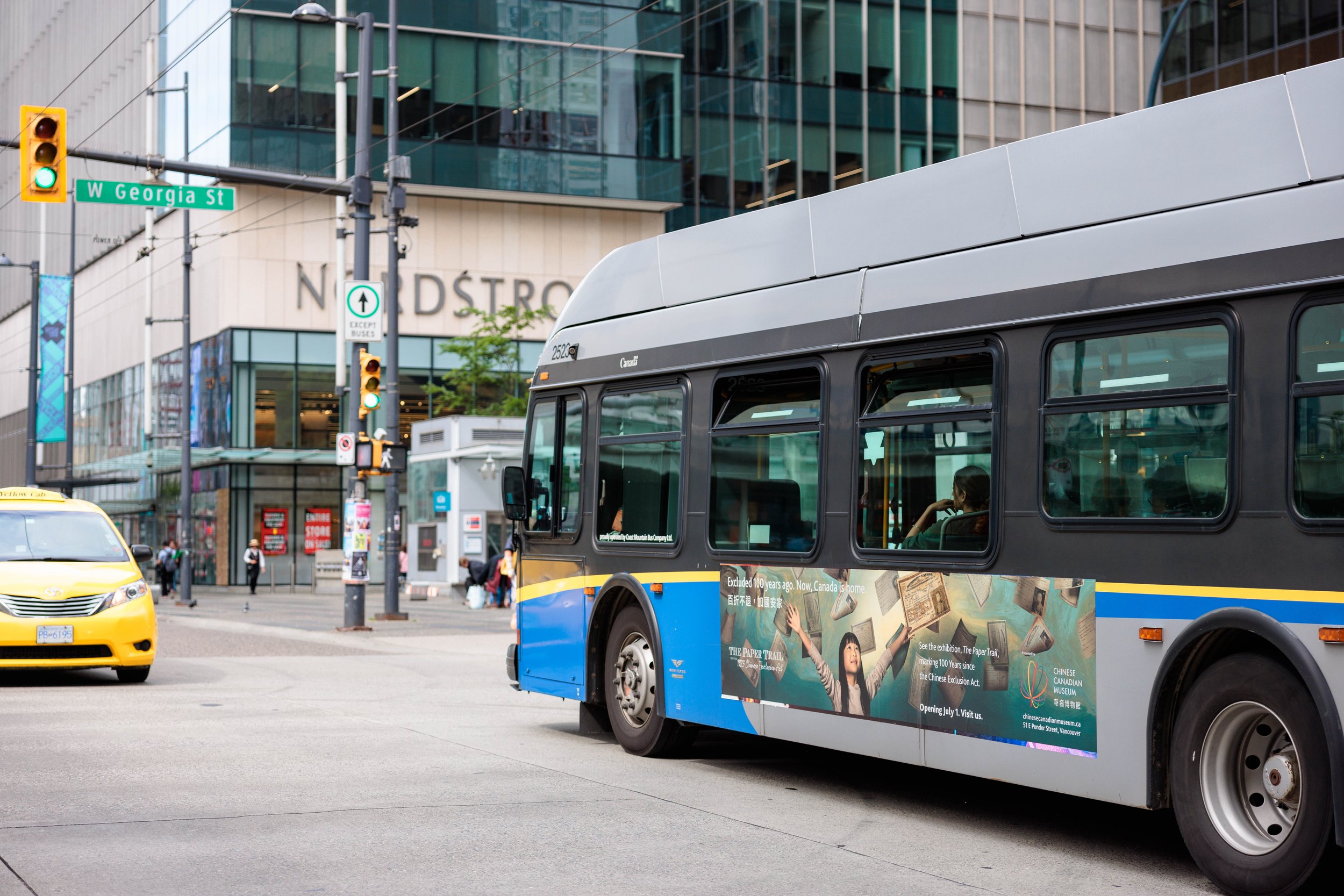The Chinese Canadian Museum pays tribute to more than a century of Chinese heritage across Canada and is one of the most important projects that I’ve been a part of.
The museum’s inaugural feature exhibition is titled “Paper Trails”. The exhibition recognizes the 100-year anniversary of the Chinese Exclusion Act, which was enacted in 1923.
Opening July 1, 2023, the museum celebrates the Chinese Canadian community. Its permanent home, the Wing Sang Building in Vancouver, was built in 1889 and is the oldest building in Vancouver’s Chinatown. “Wing Sang” in Chinese means “everlasting”.
Funded by the Canadian federal government alongside the province of B.C., the museum honours the history and contributions while elevating the voices of Chinese Canadians. The museum’s opening and my images of its exhibition are featured in Maclean’s magazine.
The Wing Sang Building in Vancouver, B.C.’s Chinatown, now home to the Chinese Canadian Museum. Captured in the early morning. ® Ian Kobylanski
For those who may not be familiar with this dark and often overlooked chapter of Canadian history, the Chinese Exclusion Act defined a generation of Chinese immigrants looking to make a new life in Canada.
In short, the Exclusion Act forced all Chinese immigrants to pay a “head tax” per person and register with the government. They received a physical certificate declaring permission to live and work in Canada.
With different certificates for wives, working men, and children, the head tax, in many cases, exceeded $500 in 1920’s dollars. You can imagine how exorbitant that amount was at the time when adjusted for inflation.
This was the cost for starting a new life, but it did not end there.
As a working man, this permitted you to work most commonly on the railroad that was being constructed across Canada. However, the Chinese workers were treated reprehensibly. They were forced to do the most dangerous, often suicidal jobs on the railroad. This commonly included the handling and blasting all dynamite. They endured malnutrition, racial abuse, and more.
The head tax, in many respects, was selling yourself into slavery in order to send remittances home and for the opportunity to bring your family members to the West. That said, it often led to unpaid salaries, broken promises, and injustice. The head tax even applied to Chinese Canadians who were born in Canada.
Overcoming this, the Chinese community today is a thriving and vibrant part of Canada’s identity. The Chinese Canadian Museum sets to emphasize that this Chinese history is our shared Canadian history, as a nation of immigrants.
Long exposure of Wing Sang Building in Vancouver, B.C.’s Chinatown. ® Ian Kobylanski
The “Paper Trails” exhibition holds the largest collection of the Chinese Canadian head tax documents.
These certificates, which varied in visual style from province to province, displayed the name and information of each migrant. Most interestingly, a professional photographer at the time would photograph every new Canadian moving from China and their black and white portraits are included on the document.
These powerful portraits on every certificate offer a window into the eyes of someone who’s experienced Canada in a way we never have. These faces are the relatives of kids we Canadians went to school with, people we pass on the street, businesses we shop and dine at, and much more. These portraits tell a story of hope and prosperity amidst persecution.
When I was reached out to about leading the photography and videography for the museum’s national opening and feature exhibition by Hamazaki-Wong, my immediate feeling was imposter syndrome. Growing up originally in Richmond, B.C., with North America’s largest Chinese population, this was a history I had learnt much about.
It was a privilege to do this chapter of Canadian history justice and to honour the faces and descendants on each of the certificate copies we handled.
For both photo and video, the creative direction came from Hamazaki Wong, which offered these incredible concepts of certificates flying through the air, as they touch and pass over Canadians across the country who share this identity and history.
With CGI, digital animation, a green screen room, and a clever set design, this was a unique project with new problems we had to solve. I led the photo and video team while self-producing each of the still images. It was an exciting commercial photography project with a reach across our country and a noble purpose that made the coordination and the whole experience unimaginably rewarding.
The images below you’ll now see across Vancouver, B.C.’s transit system this summer on buses, bus shelters, in Skytrain stations, and many more to come.
A special thanks to Brett Yelland, my partner in video, for producing the museum’s corporate launch video for its opening. Thanks to Viktor Wallmark and Scott Ellis, along with their crew, for directing and producing the Paper Trails commercial for the feature exhibition. They delivered an outstanding video that exceeds what we could do on our own.
For the commercial, look out for it broadcasted nationally on CBC, CTV, and Global in Canada all summer long.
A unique and special thank you to my high school teacher Baren. I first learned about the Chinese Exclusion Act while in her grade 10 humanities class. When the casting requirements aligned with her, I was excited to reach out and create this full-circle moment. She’s featured in the certificate cyclone image. Thank you to her along with our other actors Mel and Chloe, along with the talented Leah Roberts on makeup and hair.
If you’re in Vancouver, visit the Chinese Canadian Museum on Pender Street on July 1st!
If you’re interested in seeing more of my photography work, join my newsletter below or follow my most recent work on Instagram.



